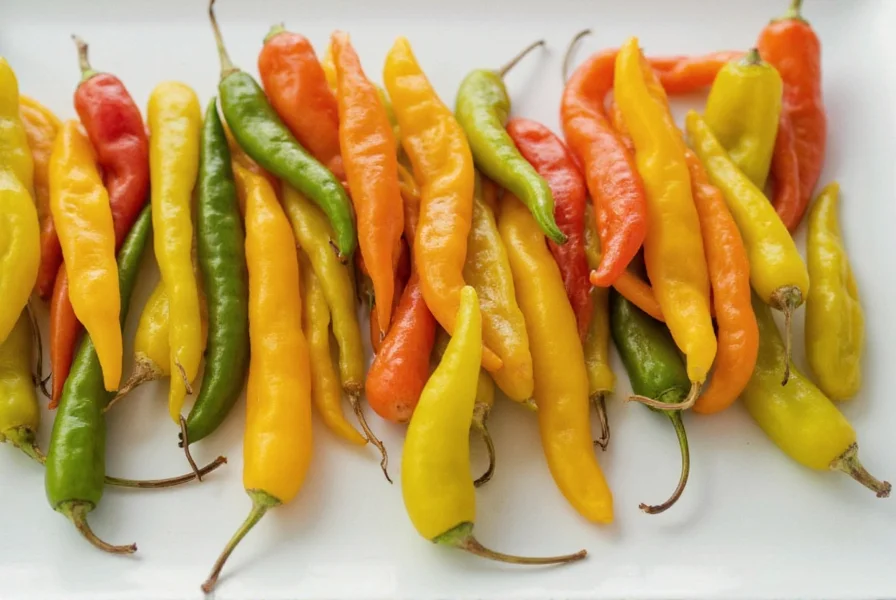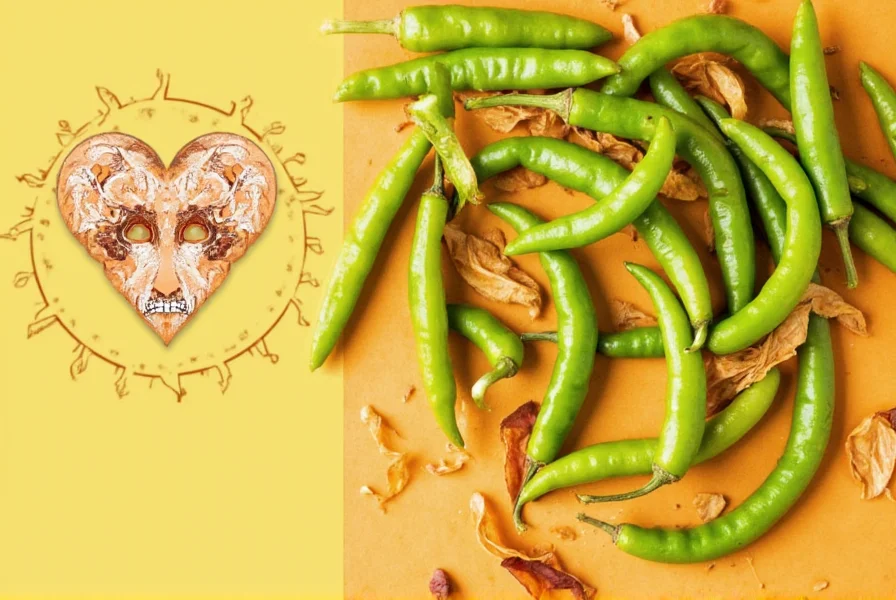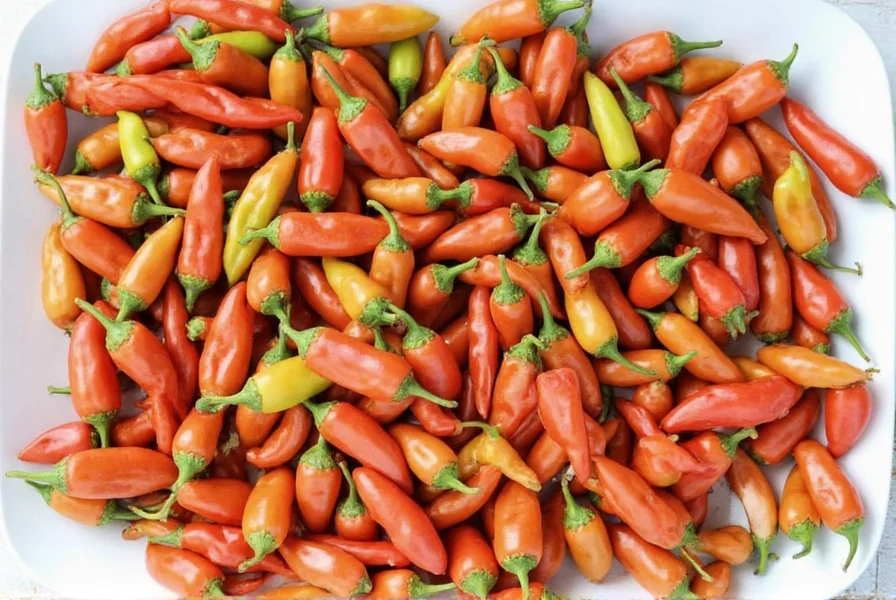Drying hot peppers is a simple process that preserves their heat and flavor for months. Whether you're a home gardener or a spice enthusiast, knowing how to dry hot peppers correctly ensures you always have flavorful, long-lasting peppers on hand. In this guide, we'll walk you through five effective methods to dry peppers at home, including step-by-step instructions, storage tips, and answers to common questions.
Table of Contents
- Why Dry Hot Peppers?
- Method 1: Sun-Drying (Old School, But Works!)
- Method 2: Oven Drying (Fast & Reliable)
- Method 3: Air-Drying Indoors (Low-Fuss Flavor Bomb)
- Method 4: Food Dehydrator (Set It and Forget It)
- Method 5: Microwave Magic (For Emergency Pepper Rescue)
- How to Store Dried Peppers
- Buying Guide: Must-Have Tools for Drying Peppers
- FAQs About Drying Hot Peppers
- Conclusion
Why Dry Hot Peppers?
Before we jump into the methods, let's talk about why you'd want to dry a hot pepper in the first place:
- Preservation: Drying removes moisture, which means no mold and no rot — your peppers will last months or even years.
- Flavor Concentration: The capsaicin (heat compound) becomes more potent, and the flavors deepen, becoming smokier and richer.
- Versatility: Dried peppers can be crushed into flakes, ground into powder, or rehydrated for sauces, stews, and salsas.
Method 1: Sun-Drying (Old School, But Works!)
If you live in a hot, sunny climate, nature can do most of the work for you. This method mimics traditional techniques used across cultures from Mexico to India.
What You Need:
- Fresh hot peppers (cherry peppers, jalapeños, habaneros all work well)
- Wire mesh rack or screen
- Protective netting or cheesecloth
Steps:
- Wash and pat dry your peppers.
- Lay them out on a raised screen so air can circulate beneath.
- Cover with a light net or cloth to keep bugs away.
- Leave them outside during sunny, low-humidity days for 5–10 days, flipping occasionally.
Pro Tip: If you're worried about dust or critters, build a mini greenhouse using PVC pipe and plastic sheeting. Just leave the sides open for airflow!
Method 2: Oven Drying (Fast & Reliable)
This technique is perfect if you need to dry peppers quickly or live in a cooler climate. Your oven becomes your personal food dryer!
What You Need:
- Baking sheet
- Parchment paper
- Oven
Steps:
- Preheat your oven to its lowest setting (usually around 140°F / 60°C).
- Line a baking sheet with parchment paper.
- Spread whole or sliced peppers in a single layer.
- Bake for 4–8 hours, checking every couple of hours. Turn them occasionally until fully brittle.
Pro Tip: Leave the oven door slightly ajar to allow moisture to escape more effectively.

Method 3: Air-Drying Indoors (Low-Fuss Flavor Bomb)
This is my go-to method when I've got a small batch and not much time. It takes longer but requires almost zero effort once set up.
What You Need:
- Thread or needle and strong thread
- A warm, dry room with good ventilation
Steps:
- Thread a needle and pierce through the stem end of each pepper.
- String them together into a chili garland (called a ristra in some regions).
- Hang the string in a warm, dry area (kitchen or laundry room works best).
- Let them dry for 2–4 weeks depending on humidity.
Pro Tip: Add a few sprigs of rosemary or thyme to your ristra for a decorative and fragrant touch.
Method 4: Food Dehydrator (Set It and Forget It)
If you process a lot of peppers or love experimenting with spice blends, investing in a dehydrator is worth it. These machines are built for precision drying.
What You Need:
- Food dehydrator (we recommend a model with adjustable temps)
- Tray liners or mesh sheets
Steps:
- Slice peppers evenly (½-inch thick works best).
- Place slices on trays without overlapping.
- Set the dehydrator to 135°F / 57°C.
- Dry for 6–12 hours, depending on thickness and humidity.
| Method | Time Required | Equipment Needed | Best For |
|---|---|---|---|
| Sun-Drying | 5–10 days | Rack, netting | Large batches, warm climates |
| Oven Drying | 4–8 hours | Oven, tray | Moderate batches, quick results |
| Air-Drying Indoors | 2–4 weeks | Thread, space | Small batches, decor |
| Dehydrator | 6–12 hours | Dehydrator unit | Precision, large quantities |
| Microwave | 3–5 minutes | Microwave, paper towel | One-off emergencies |

Method 5: Microwave Magic (For Emergency Pepper Rescue)
Need a dried chili fast? The microwave might save the day — though it's best used for single peppers, not big batches.
What You Need:
- Microwave-safe plate
- Paper towels
Steps:
- Place a fresh pepper between two paper towels on a microwave-safe plate.
- Microwave on high for 1–2 minutes. Check every 30 seconds to avoid burning.
- Let cool before handling.
Warning: Microwaves can overheat and scorch peppers easily. Keep a close eye!
How to Store Dried Peppers
You've put in the work drying those beauties — now make sure they stay great! Here's how to store them properly:
- Airtight Containers: Mason jars or vacuum-sealed bags are ideal.
- Dark, Cool Place: Light and heat degrade flavor and color over time.
- Optional Silica Packets: These help absorb any residual moisture and prevent mold.
Shelf Life: Properly stored, dried peppers can last up to 2 years!
Buying Guide: Must-Have Tools for Drying Peppers
Ready to level up your drying game? Here are some top-rated products that can make your life easier:
| Product Name | Features | Advantages | Use Cases | Suitable For |
|---|---|---|---|---|
| Excalibur 9-Tray Dehydrator | Adjustable temperature, horizontal airflow | Even drying, durable, easy to clean | Large batches, year-round use | Home chefs, spice lovers |
| AmazonBasics Food Dehydrator | Budget-friendly, compact design | Great starter option | Small to medium batches | Beginners, renters |
| Nesco FD-75PR Gardenmaster | Expandable trays, transparent door | Easy monitoring, scalable | Family use, bulk drying | Families, homesteaders |
| Stainless Steel Mesh Trays | Reusable, fits most dehydrators | Perfect for sticky or soft fruits | Drying fruit pastes, herbs, thin slices | Health-focused cooks |
| OXO Good Grips Pepper Chopper | Efficient slicing, ergonomic handle | Speeds up prep time | Chopping, dicing peppers before drying | All users |

Frequently Asked Questions (FAQs)
Conclusion
Now that you've mastered the art of drying hot peppers, you're ready to elevate your spice game at home. From backyard harvests to pantry-ready seasonings, these methods give you full control over flavor, shelf life, and creativity in the kitchen.
Whether you're sun-drying your peppers like ancient farmers or speeding things along with a modern dehydrator, each approach has its perks. Choose the one that fits your lifestyle, equipment, and time constraints — and don't forget to experiment!
So next time you ask yourself, "how to dry a hot pepper?" remember — you've got options. And with a little patience (or tech), you can turn fresh fire into fiery flavor gold.










 浙公网安备
33010002000092号
浙公网安备
33010002000092号 浙B2-20120091-4
浙B2-20120091-4